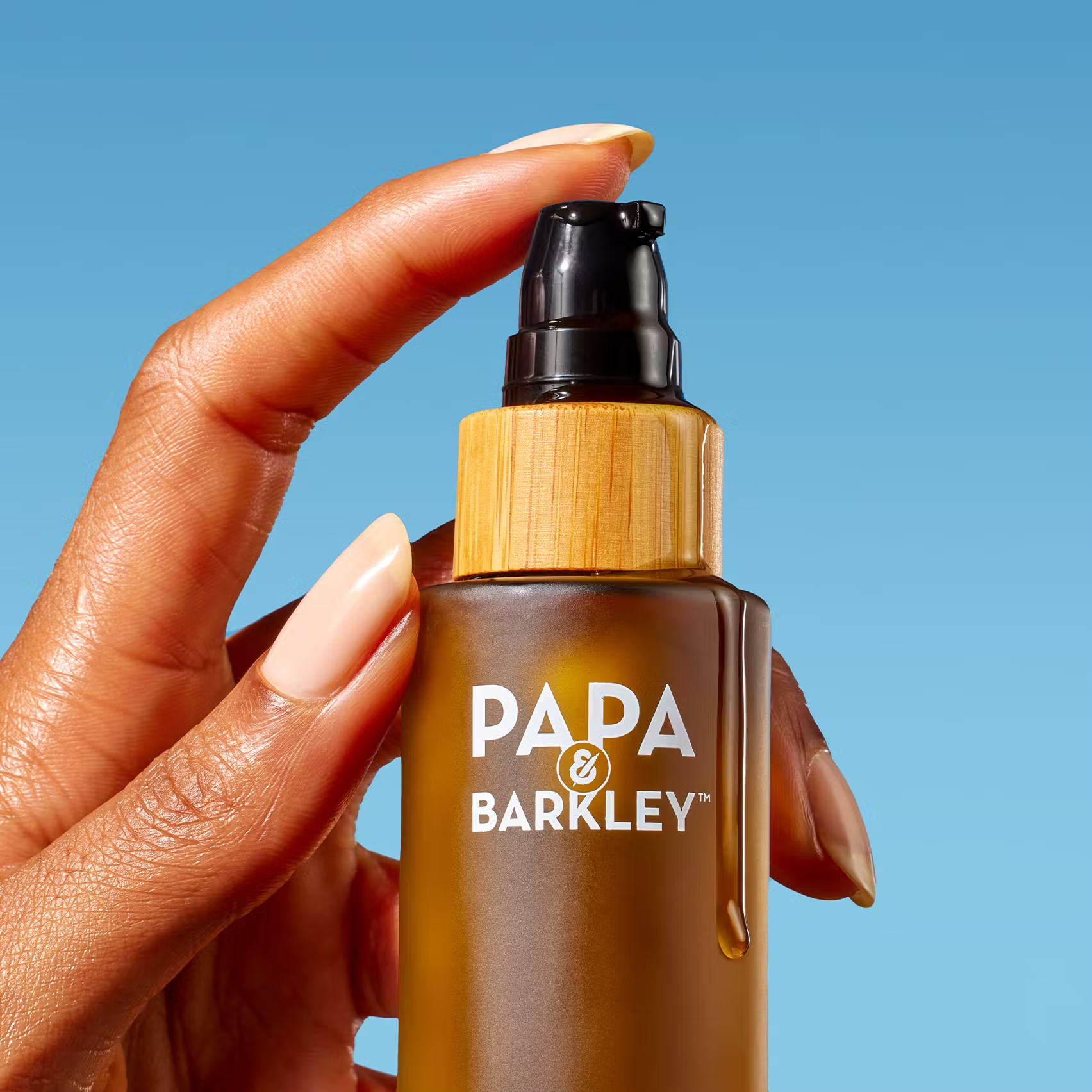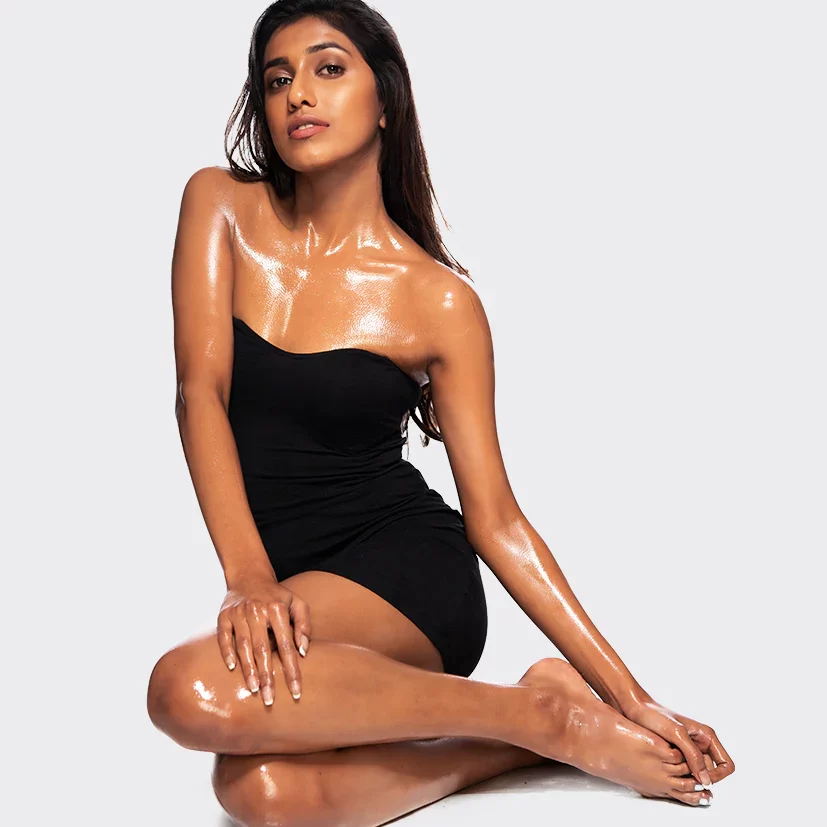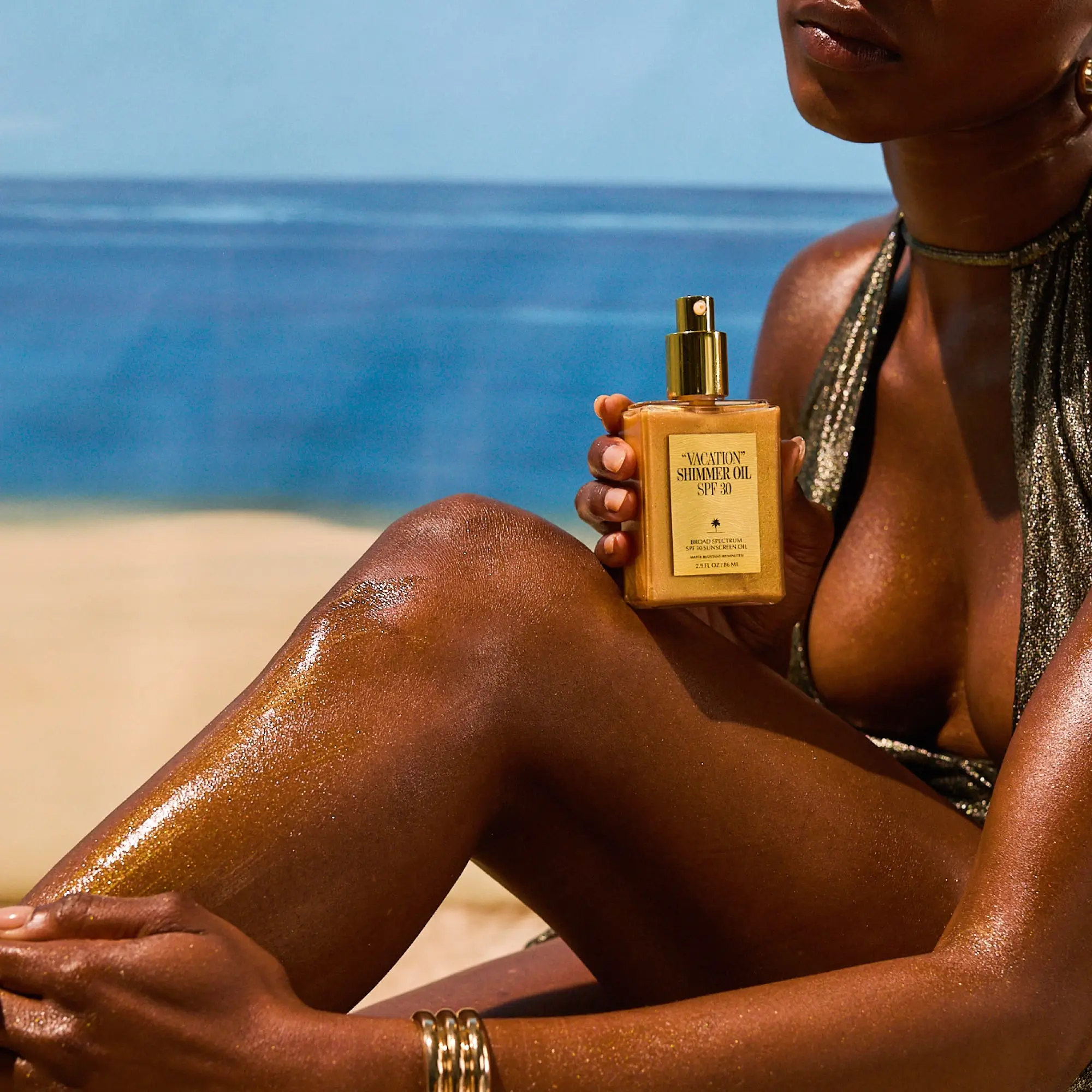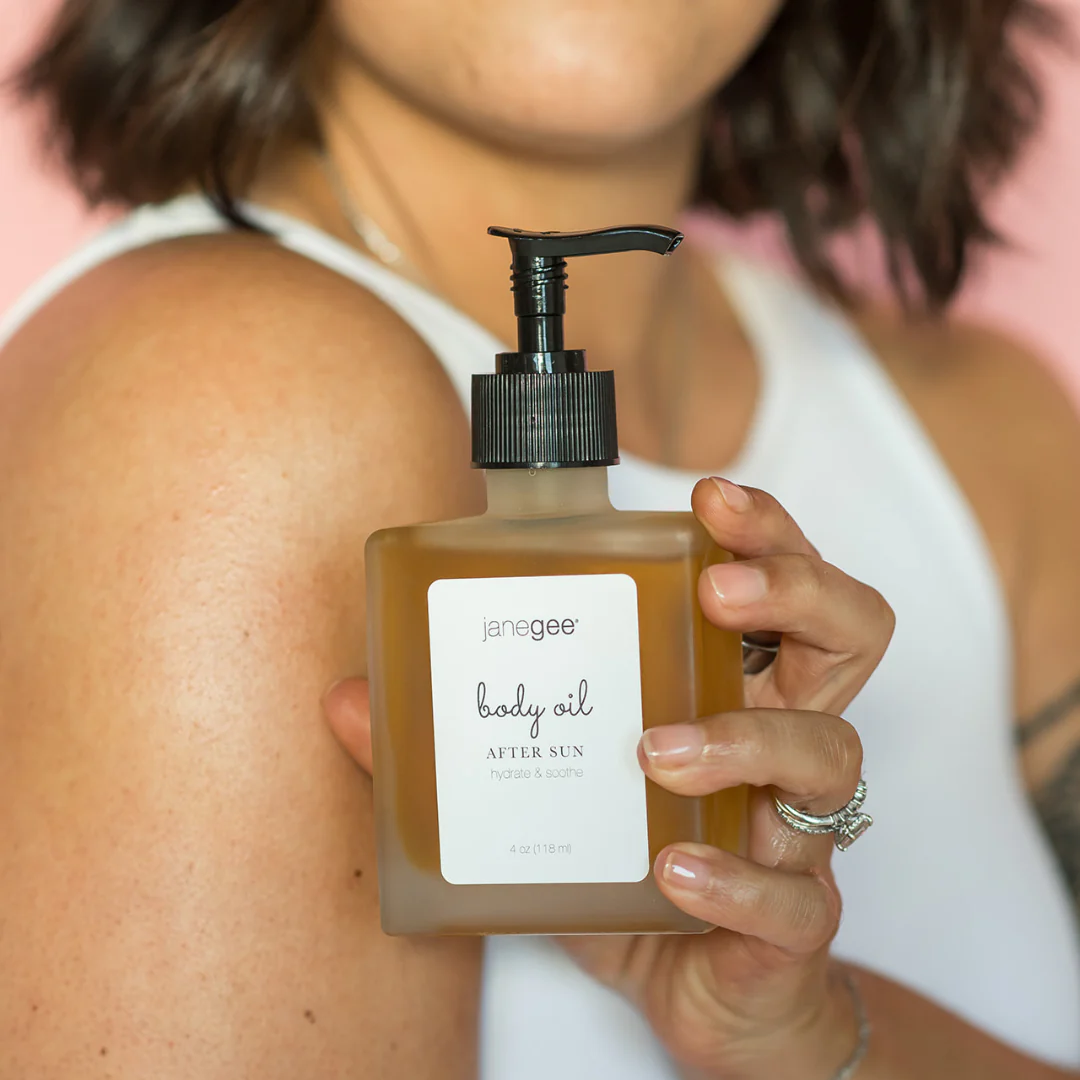Unlocking the Secrets of Moisturizing Body Oil: Your Path to Radiant Skin
In the realm of skincare, moisturizing body oil stands out as a powerful ally in the quest for soft, supple, and glowing skin. Often overlooked in favor of traditional lotions and creams, body oils offer a unique combination of hydration, nourishment, and protection that can transform even the driest, most lackluster skin. This comprehensive guide delves into the world of moisturizing body oils, exploring their benefits, application techniques, and how to choose the perfect oil for your skin type.
The Science Behind Moisturizing Body Oils
Moisturizing body oils work by mimicking the natural lipids found in the skin’s outer layer, known as the stratum corneum. This layer acts as a barrier, protecting the skin from environmental stressors and preventing moisture loss. When applied to the skin, body oils form a protective film that locks in hydration and helps repair the skin’s natural barrier function. Unlike water-based moisturizers that can evaporate quickly, oils penetrate deeper into the skin, providing long-lasting hydration and nourishment. Many body oils also contain essential fatty acids, vitamins, and antioxidants that support skin health and combat signs of aging. The molecular structure of oils allows them to fill in the spaces between skin cells, creating a smoother, more even appearance and enhancing the skin’s natural glow.
Top Ingredients in Moisturizing Body Oils
The efficacy of a moisturizing body oil largely depends on its ingredients. Some of the most beneficial components found in high-quality body oils include:
1. Jojoba Oil: Closely resembling the skin’s natural sebum, jojoba oil balances oil production and provides deep hydration without clogging pores.
2. Argan Oil: Rich in vitamin E and fatty acids, argan oil nourishes and protects the skin while combating signs of aging.
3. Coconut Oil: Known for its antimicrobial properties, coconut oil deeply moisturizes and helps heal dry, damaged skin.
4. Sweet Almond Oil: Packed with vitamins A and E, this oil softens the skin and improves elasticity.
5. Rosehip Oil: High in vitamin C and essential fatty acids, rosehip oil promotes collagen production and helps fade scars and hyperpigmentation.
6. Avocado Oil: Rich in oleic acid and vitamins A, D, and E, avocado oil deeply nourishes and hydrates dry, mature skin.
7. Grapeseed Oil: Light and easily absorbed, grapeseed oil is rich in antioxidants and helps tighten and tone the skin.
8. Marula Oil: High in oleic acid and antioxidants, marula oil provides intense hydration and helps improve skin elasticity.
These ingredients can be found individually or in blends, each offering unique benefits for different skin types and concerns. When choosing a moisturizing body oil, look for products that contain a combination of these nourishing oils to maximize the benefits for your skin.
Choosing the Right Moisturizing Body Oil for Your Skin Type
Selecting the appropriate body oil is crucial for achieving optimal results. Different skin types and concerns require specific formulations to address their unique needs:
For Dry Skin: Look for rich, emollient oils like avocado, coconut, or marula oil. These deeply hydrating oils help replenish moisture and strengthen the skin’s barrier function.
For Oily or Acne-Prone Skin: Opt for lightweight, non-comedogenic oils such as grapeseed, jojoba, or rosehip oil. These oils can help balance sebum production without clogging pores.
For Sensitive Skin: Choose gentle, hypoallergenic oils like sweet almond or chamomile-infused oils. These soothing formulations can calm irritation and reduce redness.
For Mature Skin: Seek out oils rich in antioxidants and essential fatty acids, such as argan, rosehip, or sea buckthorn oil. These ingredients help combat signs of aging and improve skin elasticity.
For Combination Skin: Blend lighter oils like jojoba or grapeseed with more nourishing oils like argan or rosehip to create a balanced formula that addresses both dry and oily areas.
When selecting a moisturizing body oil, also consider factors such as scent preference, absorption rate, and intended use (e.g., daily moisturizing, massage, or targeted treatment for specific skin concerns). Reading product labels and researching ingredients can help ensure you choose an oil that aligns with your skin’s needs and personal preferences.
Proper Application Techniques for Maximum Benefits
To reap the full benefits of moisturizing body oil, proper application is key. Follow these steps for optimal results:
1. Timing: Apply body oil immediately after bathing or showering, while the skin is still damp. This helps lock in moisture and enhances absorption.
2. Amount: Start with a small amount of oil and add more as needed. A little goes a long way with most body oils.
3. Warming: Rub the oil between your palms to warm it before application. This improves spreadability and absorption.
4. Massage: Use gentle, upward circular motions to massage the oil into the skin. This stimulates circulation and promotes lymphatic drainage.
5. Focus Areas: Pay extra attention to dry areas such as elbows, knees, and feet. These areas often require more hydration.
6. Layering: For extremely dry skin, consider layering body oil under a cream or lotion for added moisture retention.
7. Frequency: Apply body oil daily or as needed, adjusting frequency based on your skin’s response and seasonal changes.
8. Night Application: Consider applying a richer body oil before bed to allow for deeper absorption overnight.
By following these application techniques, you can maximize the moisturizing and nourishing effects of body oil, leading to softer, smoother, and more radiant skin over time.

Incorporating Moisturizing Body Oil into Your Skincare Routine
Integrating body oil into an existing skincare routine can elevate your overall skin health and appearance. Here’s how to incorporate moisturizing body oil effectively:
Morning Routine: After showering, apply a lightweight body oil to damp skin. This provides all-day hydration without feeling heavy or greasy. Follow with sunscreen on exposed areas for comprehensive protection.
Evening Routine: Use a richer body oil or blend before bed. This allows the oil to work overnight, deeply nourishing the skin while you sleep. Focus on areas prone to dryness or signs of aging.
Post-Exfoliation: Apply body oil after exfoliating to soothe and nourish freshly revealed skin cells. This helps prevent irritation and enhances the skin’s natural renewal process.
Targeted Treatments: Use specific oils or blends to address particular concerns. For example, apply rosehip oil to scars or stretch marks, or use lavender-infused oil on pulse points for relaxation.
Seasonal Adjustments: Adapt your body oil usage based on seasonal changes. Opt for lighter oils in humid summer months and richer formulations during dry winter seasons.
Mixing with Moisturizers: Boost the hydrating power of your regular body lotion by mixing in a few drops of body oil. This creates a custom blend tailored to your skin’s needs.
By strategically incorporating moisturizing body oil into your daily skincare routine, you can address specific skin concerns while maintaining overall skin health and radiance.
Beyond Moisturizing: Additional Benefits of Body Oils
While hydration is the primary function of moisturizing body oils, these versatile products offer a range of additional benefits:
- Aromatherapy: Many body oils contain essential oils that provide aromatherapeutic benefits. Lavender can promote relaxation, citrus oils can uplift mood, and eucalyptus can invigorate the senses.
- Massage: Body oils provide excellent slip for massage, helping to relieve muscle tension and promote relaxation. Regular self-massage with body oil can improve circulation and lymphatic drainage.
- Nail and Cuticle Care: Applying body oil to nails and cuticles helps prevent brittleness and hangnails, promoting overall nail health.
- Hair Conditioning: Many body oils, particularly those containing argan or coconut oil, can double as hair treatments, nourishing dry ends and taming frizz.
- Makeup Removal: Certain body oils, like coconut oil, can effectively remove stubborn makeup while nourishing the skin.
- Shaving Aid: Body oils can be used as a natural shaving cream alternative, providing a smooth glide for razors and moisturizing the skin post-shave.
- Stretch Mark Prevention: Regular application of body oils rich in vitamin E and essential fatty acids may help prevent and reduce the appearance of stretch marks.
By exploring these multifaceted uses, you can maximize the value of your moisturizing body oil and simplify your beauty routine.
Conclusion: Embracing the Power of Moisturizing Body Oils
Moisturizing body oils offer a natural, effective solution for achieving and maintaining healthy, radiant skin. By understanding the science behind these oils, selecting the right ingredients for your skin type, and mastering proper application techniques, you can transform your skincare routine and enjoy the myriad benefits these versatile products provide. Whether you opt for a pre-made formulation or create your own custom blend, incorporating body oils into your daily regimen can lead to softer, smoother, and more nourished skin. As with any skincare product, consistency is key to seeing long-term results. Embrace the luxurious experience of applying body oil, and let it become a cherished part of your self-care ritual. With regular use, you’ll discover the transformative power of moisturizing body oils, unlocking your skin’s natural radiance and vitality.



